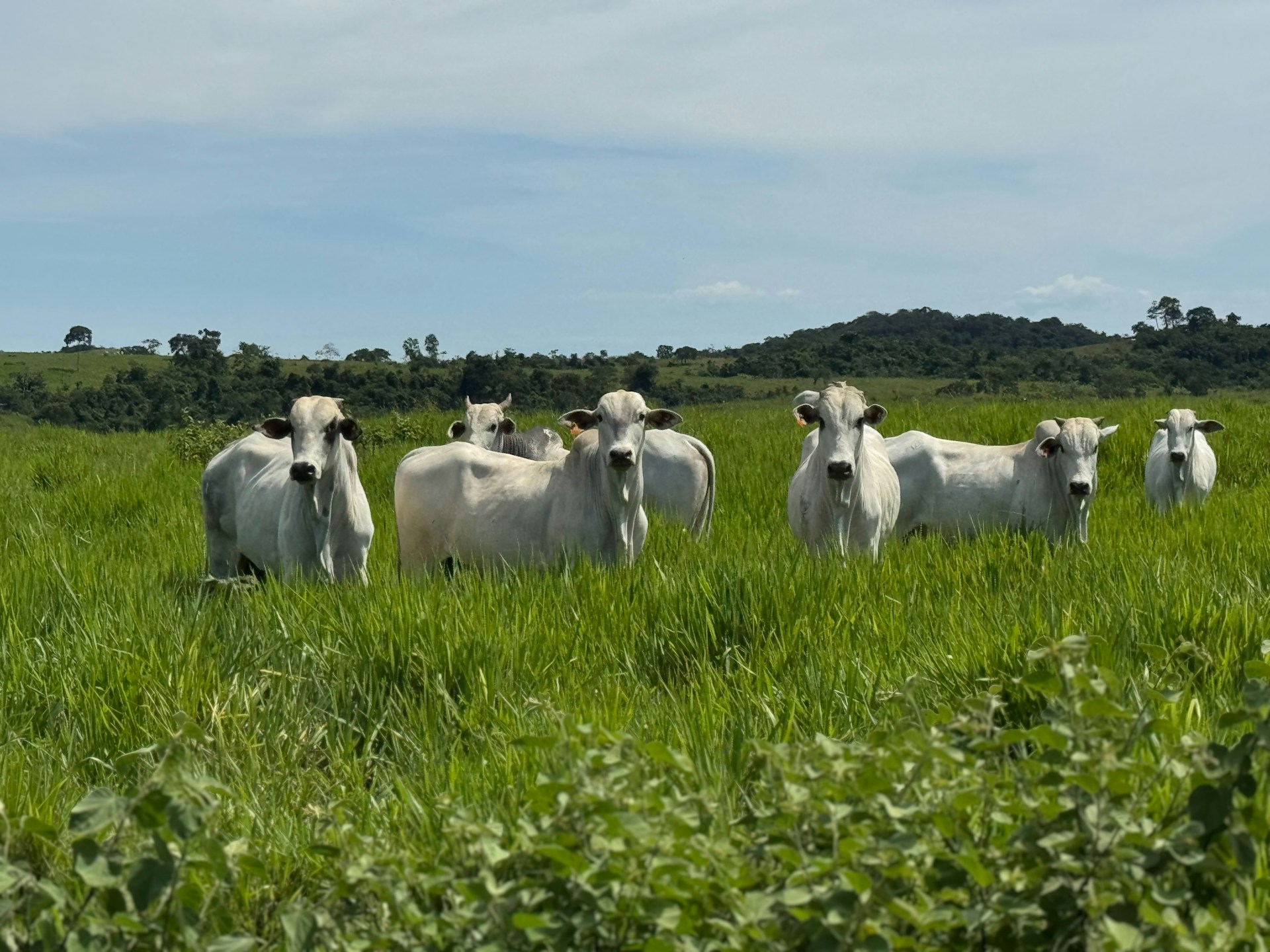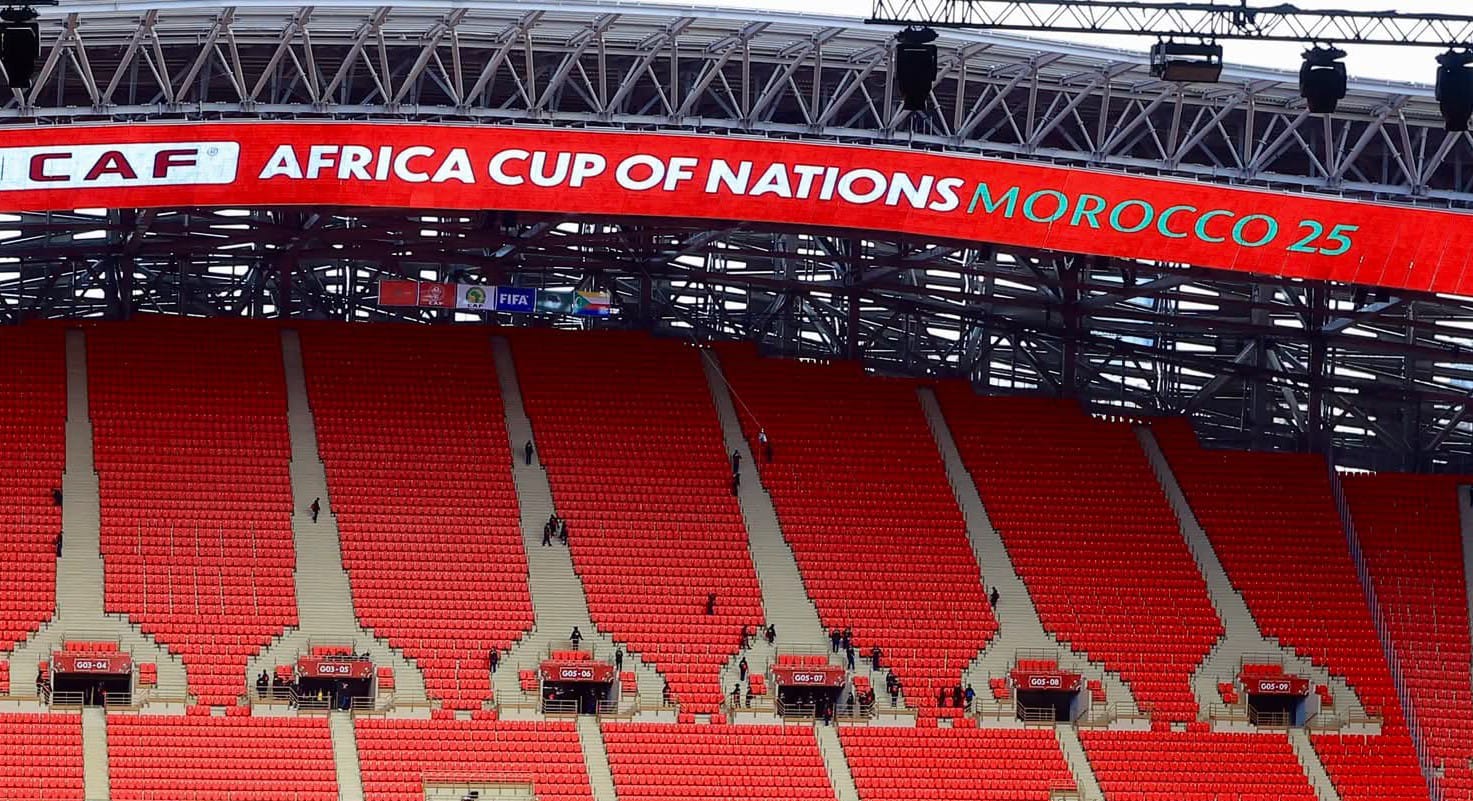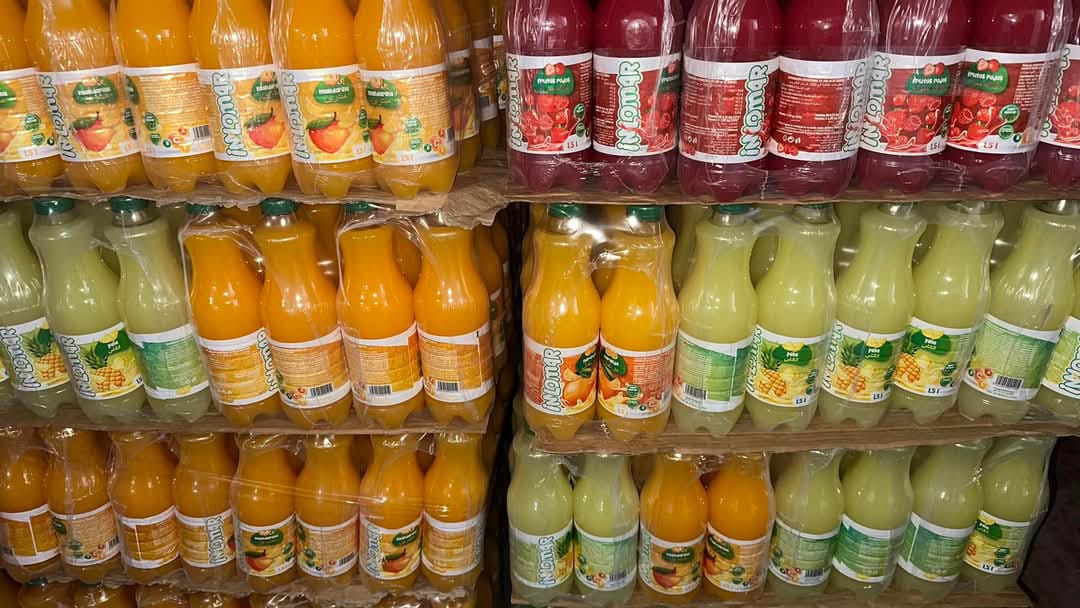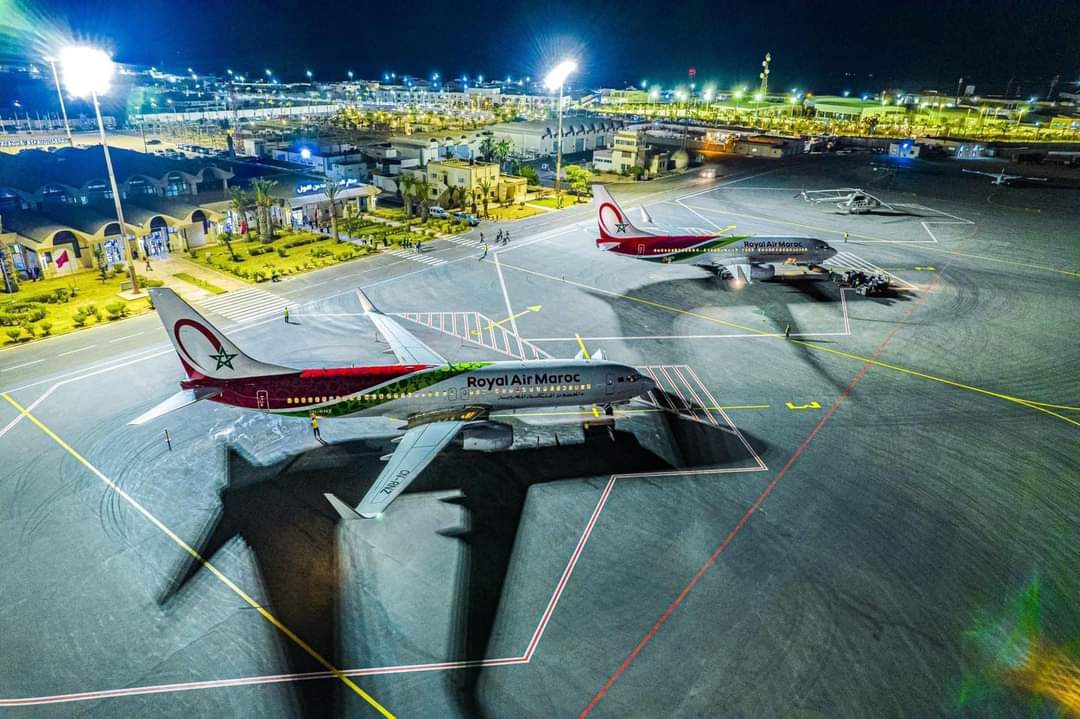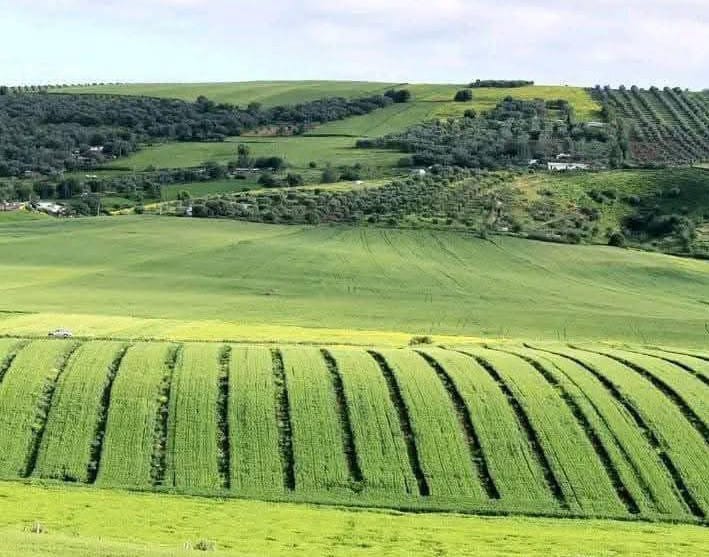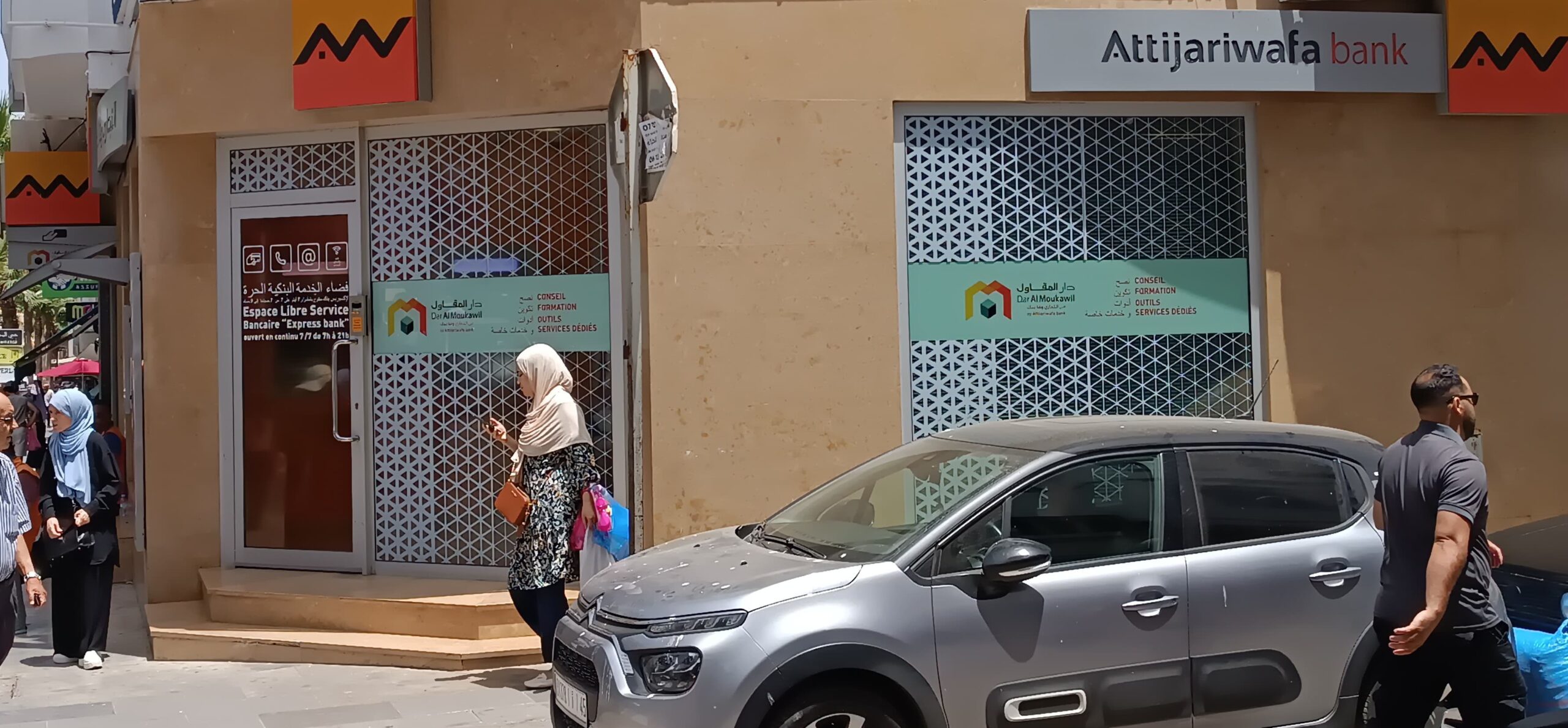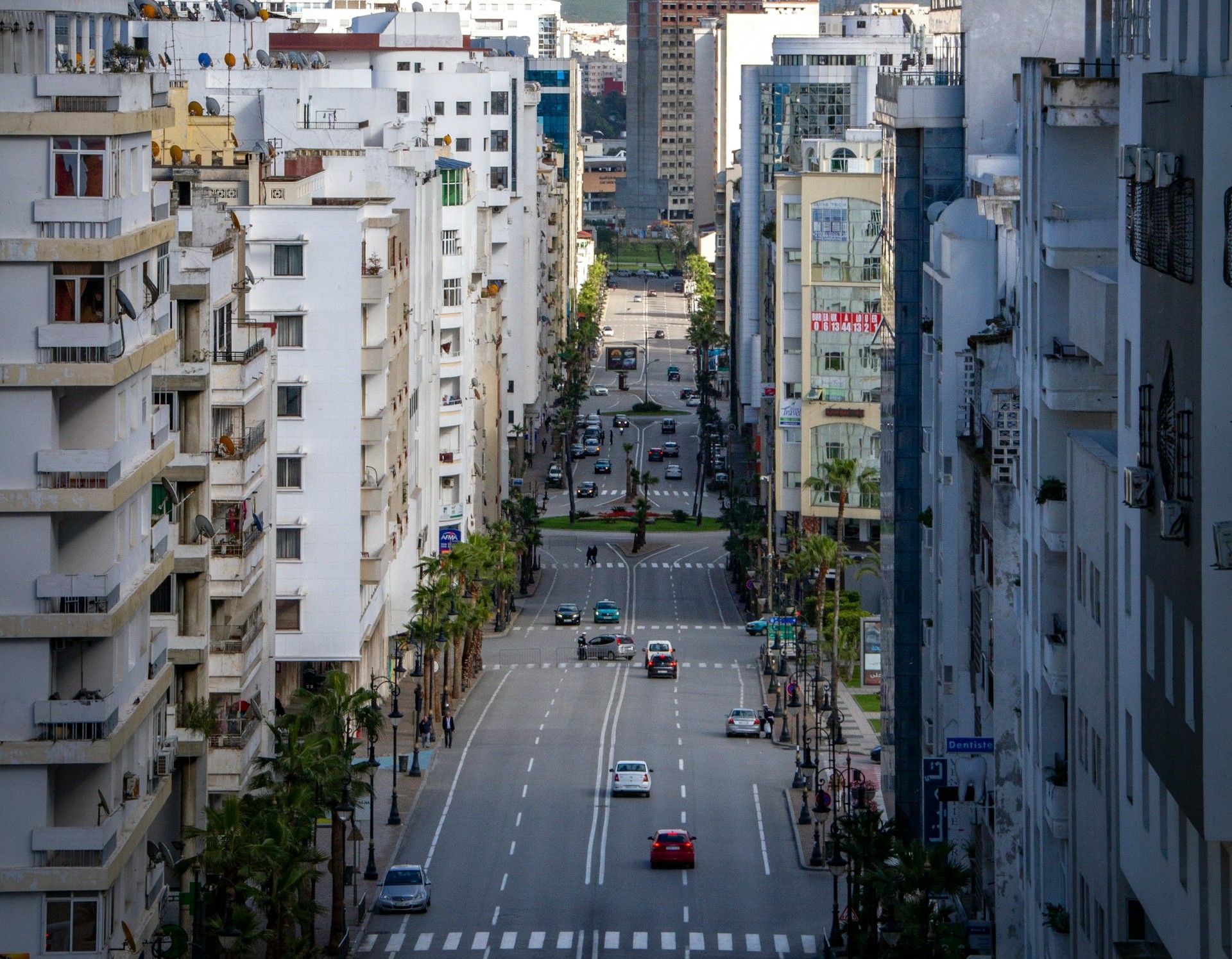Casablanca – Morocco’s tourism sector continues to thrive, achieving unprecedented success in the first seven months of 2024. According to the latest data from the Directorate of Studies and Financial Forecasts (DEPF), part of the Ministry of Economy and Finance, the country welcomed a record 10 million tourists by the end of July. This represents a 15% increase compared to the same period in 2023, reaffirming Morocco’s status as a premier global travel destination.
July 2024: A record-breaking month
July 2024 was particularly notable, with Morocco receiving 2.6 million tourists, marking a significant 20% rise compared to July 2023. This surge underscores the growing appeal of Morocco as a top destination, renowned for its rich culture, diverse landscapes, and world-class hospitality. From the bustling medinas of Marrakech to the serene beaches of Agadir, tourists from around the globe have continued to flock to Morocco, fueling the nation’s tourism growth.
Accommodation and overnight stays see notable increases
This rise in tourist arrivals has been reflected in the country’s hospitality sector, particularly in classified accommodation establishments. By the end of June 2024, Morocco had recorded 12.7 million overnight stays, an increase of 8.4% compared to the previous year. The second quarter of 2024 alone saw an increase of 13.1%, with 7.2 million overnight stays. This trend highlights both the increased influx of tourists and the improved infrastructure and quality of services provided by Morocco’s hospitality sector.
Financial gains: Steady growth in tourism revenues
In addition to rising tourist numbers and overnight stays, Morocco’s tourism revenues have also shown positive growth. The second quarter of 2024 saw a 9.4% increase in tourism revenues, bringing the total growth for the first half of the year to 2.3%. This recovery comes after a 4.2% dip in revenues in the first quarter of 2024, further highlighting the resilience of Morocco’s tourism sector. Although the growth is slower compared to the exceptional 69.2% increase recorded in 2023 during the post-pandemic travel boom, the continued upward trend is a sign of stability.
Morocco’s strategic focus on tourism
The remarkable performance of Morocco’s tourism sector in 2024 is no accident. The country has made strategic investments and launched various promotional campaigns to boost its attractiveness to international visitors. The sector contributes approximately 7% to the nation’s GDP and employs 2.5 million Moroccans. Last year, tourism injected $10.5 billion into Morocco’s economy, underscoring its significance as a key driver of economic growth.
Looking ahead, Morocco’s tourism roadmap, backed by a budget of $628 million, aims to further enhance the country’s tourism infrastructure and services. The Kingdom is targeting 17.5 million tourist arrivals by 2026, building on its current momentum.
Key markets and future prospects
In 2024, Morocco’s largest source markets were France, Spain, Italy, and Germany, which together accounted for about a third of all arrivals. These markets have played a crucial role in driving the country’s tourism growth, alongside the increasing number of visitors from the Middle East, Asia, and North America.
Air transport has also been a critical factor in boosting Morocco’s tourism numbers. The entry of the Irish low-cost airline Ryanair into the Moroccan market has helped expand flight connectivity, with 24 international and 11 domestic routes currently in operation. This has made Morocco Ryanair’s largest market outside Europe, facilitating the transport of over 5 million passengers in and out of the country.
The first seven months of 2024 have been a milestone for Moroccan tourism. With record tourist arrivals, growing overnight stays, and increasing revenues, the sector is on track to reach even greater heights. As Morocco continues to invest in its tourism sector and strengthen its infrastructure, the Kingdom is well-positioned to further cement its place as a leading global tourist destination, benefiting both the economy and its people.

